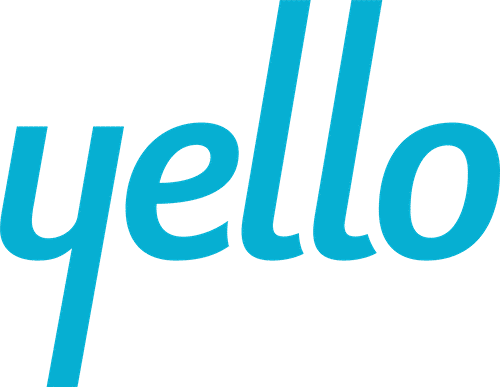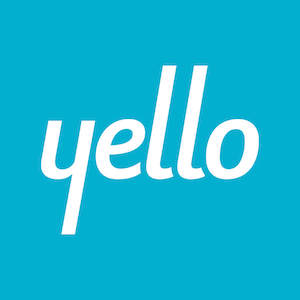One of the most important components of attending hiring conferences is measuring the ROI associated with each event. Understanding where your recruitment marketing efforts are paying off will help accurately determine where to allocate your time and budget to gain the biggest return. To maximize your presence at diversity conferences, take the guesswork out of identifying which campus, diversity and military conferences result in the highest ROI. Below are five important diversity conference metrics to track at each event.
1) Interviews scheduled to offers accepted ratio.
Track the candidate journey all the way through — from interviews scheduled to offers accepted — to identify which events result in the most qualified candidates. Set a benchmark success ratio specific to your recruiting goals; if you fall short of that ratio, understand if you need to remove that particular event from your roster or if the low ratio can be improved by implementing talent acquisition software. Leveraging talent acquisition software at hiring events can reduce scheduling complications, increase speed of hire and reduce costs.
2) Offers made to offers accepted ratio.
If candidates you meet at diversity events make it through your interview process and aren’t accepting your offers, you need to find out if your interview process is too long, if you’re losing candidates to competitors, or if you need to provide your team with additional interview training. Keep track of why you’re losing candidates and use that insight to improve your process.
3) Cost per applicant and cost per hire.
Diversity conferences are a great opportunity to build your recruitment brand presence, network and develop your talent pipeline, but it’s crucial to know the cost per applicant and hire. Use a simple formula to calculate the ROI per diversity event.
- Cost Per Applicant = (Event Cost + Travel Costs / Total Number of Applicants)
- Cost Per Hire = (Event Cost + Travel Costs / Total Number of Hires)
4) Number of new candidates in your talent community post-conference.
Not everyone you meet will be an immediate match with your company, but they may be in the future. Diversity events are an opportunity to build your talent pipeline, so it’s important to have a plan in place to engage with those potential future candidates post-event. Create a candidate communication strategy to ensure your talent pipeline stays informed and excited about your company.
5) Number of candidates you stay in touch with throughout the year.
Passive candidates can be your greatest hiring asset, but if they join your talent community and never hear from you again, their interest in your company is likely to diminish. Frequent and proactive communication is one of the best ways to stand out to candidates. Incorporate talent acquisition software that includes automated email or text campaign functionality to add more candidate touch points, with little manual effort required of your recruiting team.
If you are looking for leadership’s buy-in on purchasing recruitment software, use our talent acquisition software buy-in guide to help articulate your business case.


